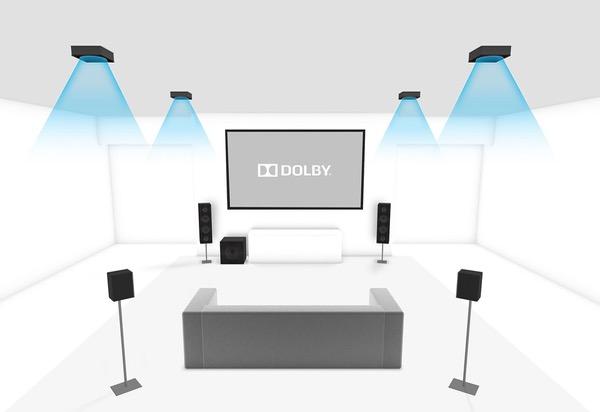If you look at the Dolby white papers now, for residential and studio speaker placement, it seems the company recommends surround speakers to be situated at ear level for immersive or Atmos audio (when formerly it recommended surrounds just above ear level for 5.1 and 7.1 playback).
Secondly, if you look at most immersive audio mixing rooms (where BD mixes are mastered), height speakers are located in line with the L & R, as you say, but are usually tilted down towards the listener with the tweeters focused on the sweetspot. I always think it's best to try to replicate at home as close as possible to what the mixers are doing.



























































